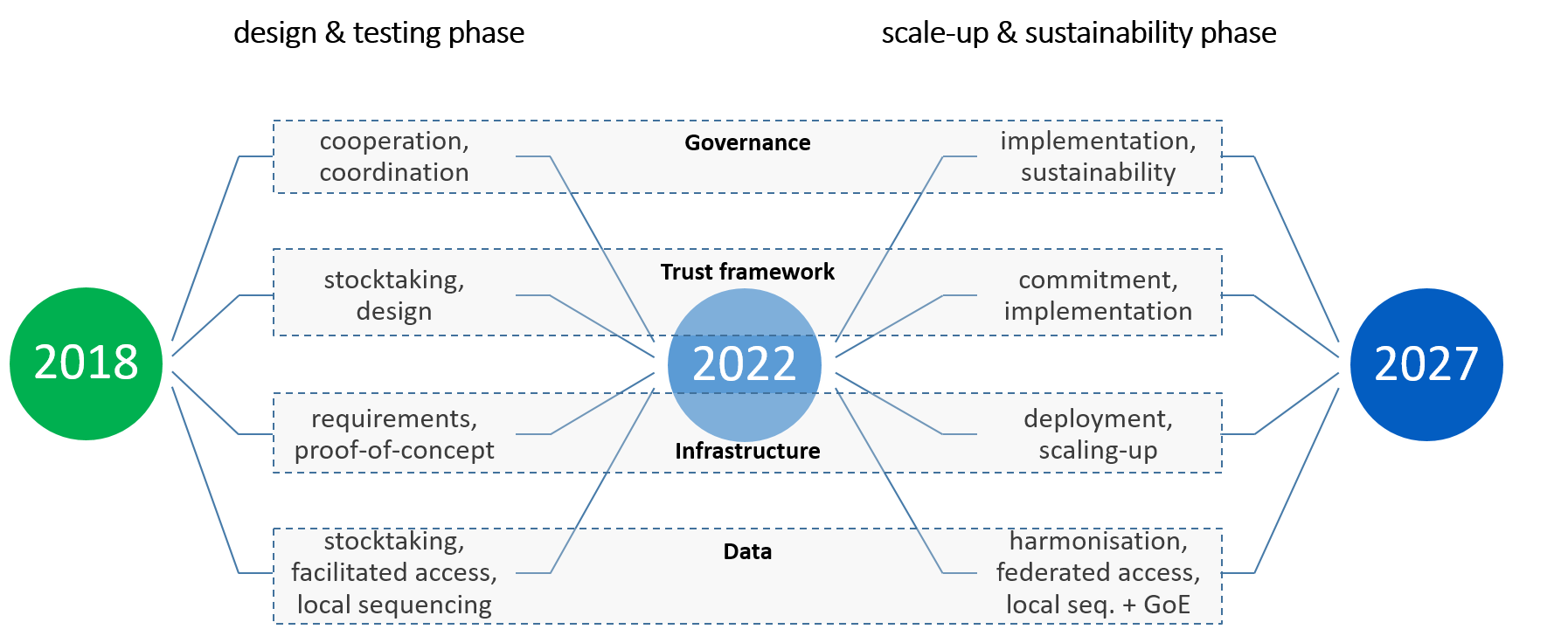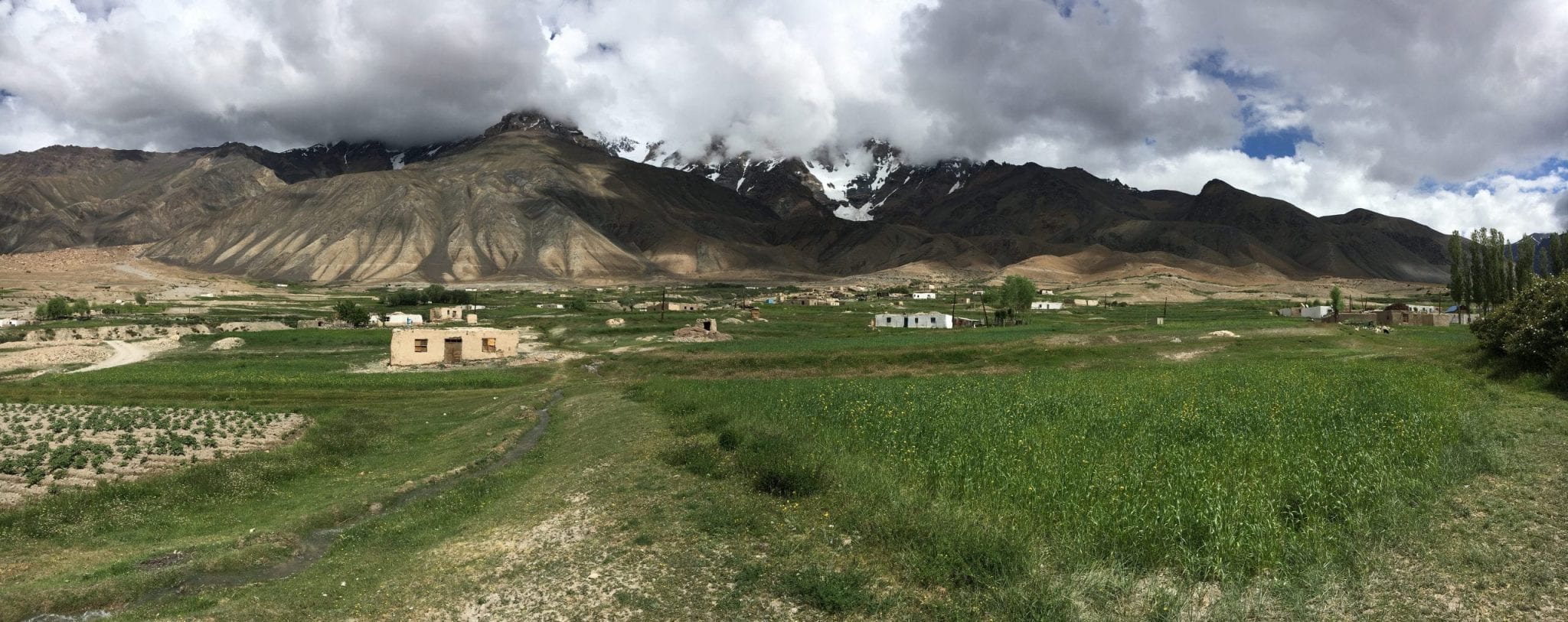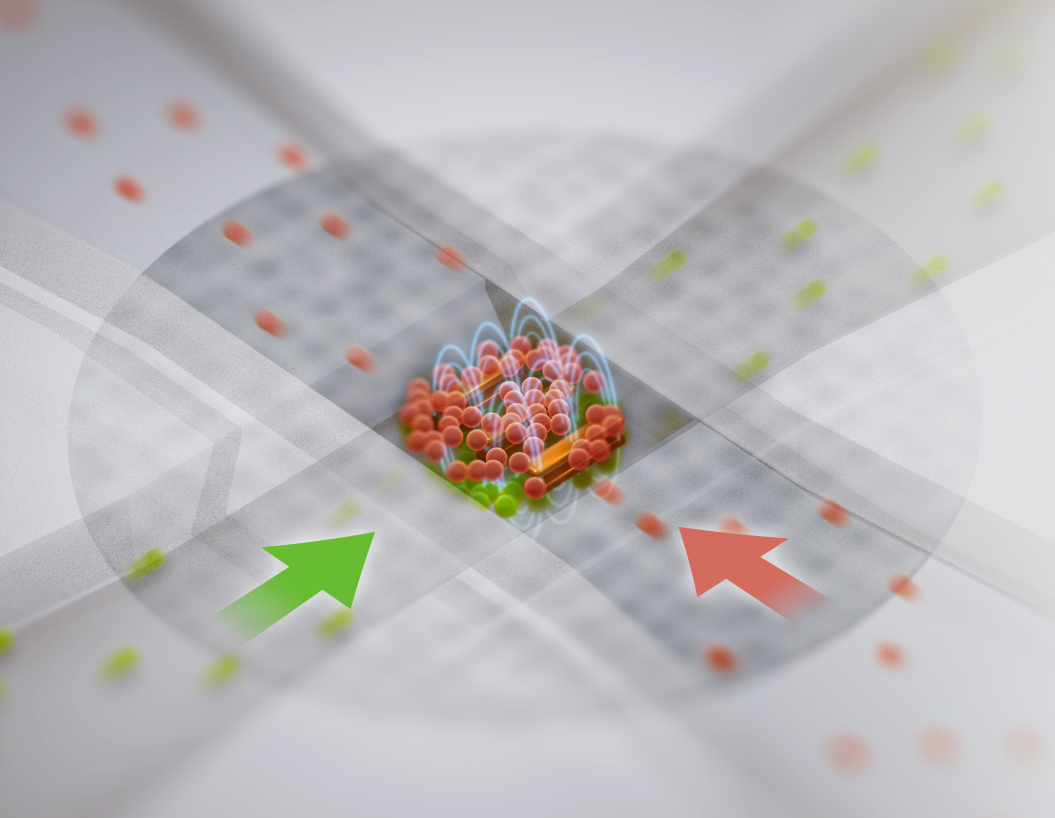The issue of infrastructure safety and preservation has launched a frantic race among the world's governments. Many in Asia, Europe and America have come to use drone technology to conduct periodic inspections of these structures to save time and cost, increase accuracy and enhance efficiency.
Infrastructure is defined as the basic physical systems that form the backbone of countries, institutions and businesses. Such as roads, bridges, buildings, water and energy networks and social institutions. Because their safety is an essential factor in public life, Preserving them is a top priority for all States.
Over time, These structures, no matter how sophisticated and perfected, are crumbled by obsolescence, wear and tear and natural phenomena, Even the largest industrialized countries such as Italy, Brazil and the United States have seen collapses in the most robust and vital infrastructures such as bridges and dams. Like the Genoa Bridge collapse that killed 43 people and destroyed the homes of 600 others in 2018, Or the collapse of the Brazilian mining dam that caused silt to flow until it flooded the neighboring town.
On the other hand, Predicting these disasters requires laborious and costly maintenance and takes a lot of time. It may require specialists to climb rooftops or go underground to closely examine sites. Because specialists often fail to do so, Workers usually take over the task of taking pictures and showing them to them. In the event that maintenance operations go to the roads, For example Special vehicles carrying experts carrying visual inspections must be driven by private vehicles. These operations should be monthly, weekly or even daily, This means a high cost and a huge carbon footprint. Situations of this kind generate the need for new mindsets in the face of infrastructure challenges.
These mindsets require the will to change, mobilize resources, secure funding, and employ innovative technologies. This is what many countries are striving to achieve.
The first of these countries is the United States of America, In New York State, for example, Local authorities have chosen to use drones to conduct building inspections. In North Carolina, The Ministry of Transport has used drones to examine more than 13,000 bridges. These aircraft were allowed to fly beyond sight. This means that you travel a long distance from those who control it, No additional monitors or expensive systems required.
In Minnesota, The Ministry of Transport conducted 3 research projects through which it built sufficient knowledge about these aircraft and experience in using them within the metro area, Engineering teams worked on selecting the first bridges and designing field operations and safety procedures. More importantly, It is to develop a complete manual to be a reference for inspections. After its completion, The Ministry collected data and conducted a comprehensive evaluation of the performance of these systems.
In Asia, South Korea was at the forefront, The Seoul Metropolitan Government declared, It will host the first experiment of using drones to inspect the rooftops of Hanok buildings, They are the traditional Korean houses that number more than 8,000 buildings, It has a special center for maintenance, consulting and field inspection services, In response to the requests of the owners. Thus, The drones will carry out inspections and take detailed photos of the surfaces to allow specialists to assess the overall condition and quality of the tiles from different angles. The authorities have made this service available to all homeowners by submitting a request to the private support center. Whether they are connected to the Internet or not, Whatever problems they face. Most importantly, the images collected by the planes will be a tributary to the center's archives and databases that serve the architectural development of the Korean capital.
In Europe, The Government of Lithuania has collaborated with private technology companies to launch a project to maintain 21 kilometers of roads using drones and artificial intelligence systems. After the aircraft carry out inspections via high-resolution sensors and cameras, The data will be sent to AI systems, Its algorithms detect the location of potholes, cracks, cracks, corrosion, traces of sabotage or other damage that requires the intervention of maintenance teams.
Drones can conduct more effective inspections. and to operate within complex environments, It examines a variety of objects, Pictures are taken from different angles, and shrinking the margin of human error, It allows problems to be identified accurately and easily, increases the number of inspections and shortens their duration from hours to minutes.
In addition It will help guide maintenance teams to the right places, correcting errors in their early stages and before disasters or problems that are difficult to fix become impossible, In addition, it enables repeated inspection, reliable records of structural health and maintenance operations, and helps make informed decisions in the future.
Besides saving time and cost, These aircraft will contribute to reducing the carbon footprint of this sector, If used to inspect only half of the bridges in major countries, This is equivalent to cutting out thousands of vehicles annually that roam the roads, releasing their harmful emissions.
References:
https://www.cbc.ca/news/world/brazil-dam-disaster-mining-arrests-1.4996923
https://www.weforum.org/agenda/2021/08/how-drones-unlock-greener-infrastructure-inspection/






